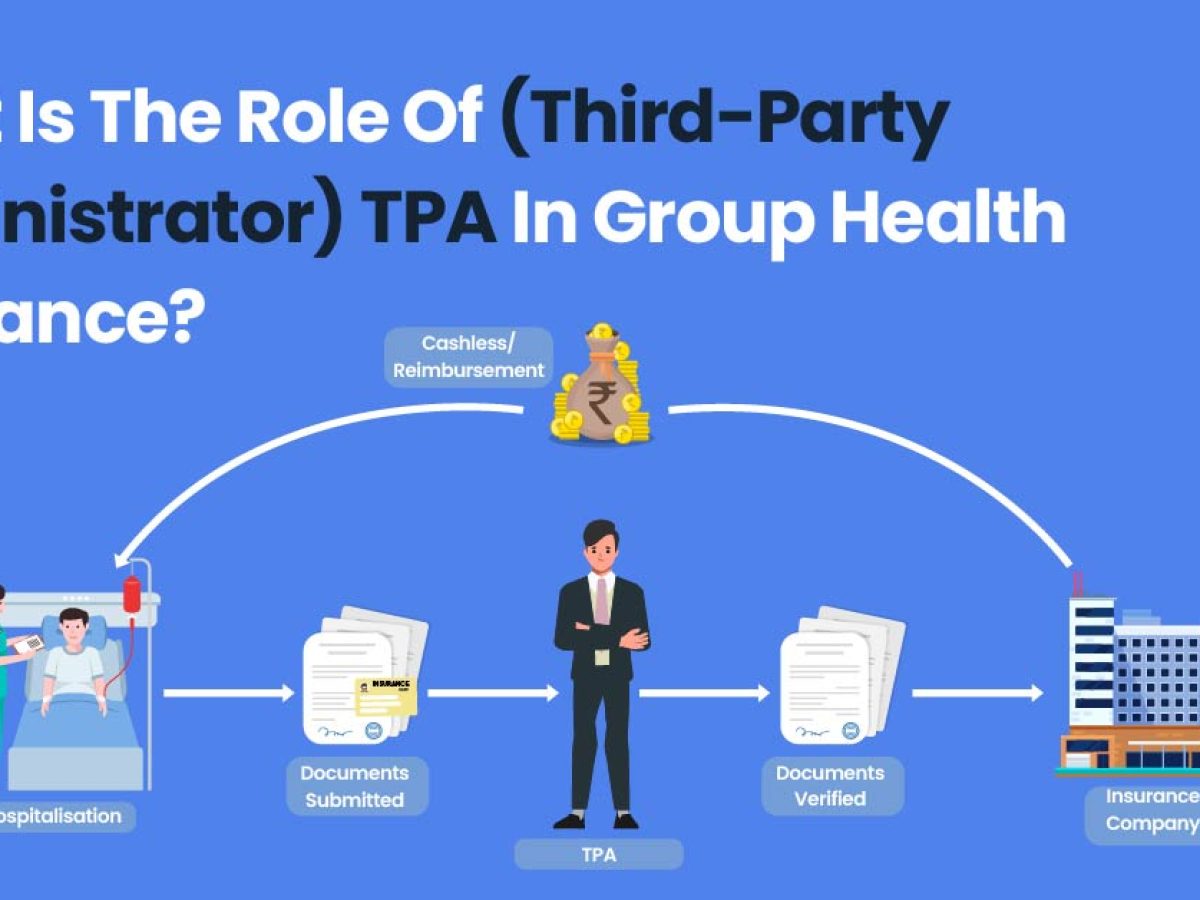The Ultimate Guide To Pacific Prime
Wiki Article
Not known Factual Statements About Pacific Prime
Table of ContentsSome Known Factual Statements About Pacific Prime Little Known Facts About Pacific Prime.Getting My Pacific Prime To WorkSome Known Incorrect Statements About Pacific Prime
In the majority of states, the insurance company is required to send you a copy of the changes to your policy. It is necessary that you check out Recommendations or Riders so you comprehend just how your policy has altered and if the plan is still ample to fulfill your demands. To get a duplicate of your insurance plan, please contact your insurance coverage representative or business.
The Institute of Medication (IOM) Committee on the Effects of Uninsurance launches an extended evaluation of proof that addresses the relevance of medical insurance coverage with the magazine of this record. Protection Matters is the very first in a collection of 6 reports that will certainly be provided over the following 2 years documenting the fact and repercussions of having an estimated 40 million individuals in the United States without health insurance protection.

The 5-Minute Rule for Pacific Prime
The objective of this series of researches is to redouble plan focus on a longstanding problem. Adhering to the lengthiest economic development in American background, in 1999, an estimated one out of every six Americans32 million grownups under the age of 65 and more than 10 million childrenremains uninsured (Mills, 2000).
10 percent of the populace make up 70 percent of health care expenses, a correlation that has stayed consistent over the previous three decades (Berk and Monheit, 2001) - global health insurance. Therefore medical insurance continues to offer the function of spreading threat also as it significantly finances routine treatment. From the viewpoint of healthcare companies, insurance policy lugged by their people helps safeguard a revenue stream, and neighborhoods take advantage of economically feasible and stable wellness treatment experts and establishments
Government gives medical insurance to populaces whom the personal market might not serve properly, such as impaired and seniors, and populations whose access to healthcare is socially valued, such as youngsters and pregnant females. The ultimate ends of medical insurance coverage for the private and communities, including workplace neighborhoods of workers and employers, are enhanced health and wellness end results and high quality of life.
The 7-Minute Rule for Pacific Prime
Employees rate health insurance initially by far in importance among all the advantages supplied in the office (Salisbury, 2001). Although there have been sizable investments of personal and public funds to offer health and wellness insurance, lots of people still have no coverage. In spite of comprehensive coverage of survey findings and health and wellness care study results, the public stays confused and misinformed about Americans without health and wellness insurance policy and the implications of lacking coverage.
Without concern, the complexity of American health and wellness care financing mechanisms and the riches of resources of details contribute to the general public's complication and hesitation concerning wellness insurance coverage data and their interpretation. This report and those that will adhere to aim to distill and provide in easily easy to understand terms the extensive research that bears on questions of wellness insurance policy protection and its relevance.
Fifty-seven percent of Americans questioned in 1999 thought that those without medical insurance are "able to get the treatment they require from physicians and medical facilities" (Blendon et al., 1999, p. 207). In 1993, when national interest was concentrated on Visit Website the troubles of the uninsured and on pending health and wellness care regulations, just 43 percent of those polled held this belief (Blendon et al., 1999).

They also obtain fewer preventative services and are less most likely to have normal take care of persistent conditions such as high blood pressure and diabetic issues. Persistent illness can bring about pricey and disabling problems if they are not well handled (Lurie et al., 1984; Lurie et al., 1986; Ayanian et al., 2000). One nationwide study asked greater than 3,400 adults regarding 15 extremely major or morbid conditions.
Pacific Prime - Truths
Additional evidence is offered later in this chapter in the discussion of insurance and access to healthcare. https://trello.com/w/pacificpr1me_. People without health insurance policy are young and healthy and pick to do without insurance coverage. Practically fifty percent (43 percent) of those surveyed in 2000 thought that individuals without medical insurance are a lot more most likely to have illness than people with insurance policyCitizens and plan makers in focus group conversations define those without insurance as youths that have the opportunity to be covered and feel they do not need it (Concierge Novelli, 2001). Compared to those with at the very least some private coverage, the uninsured are much less most likely to report remaining in excellent or excellent health (Agency for Healthcare Study and High Quality, 2001).
SOURCE: Facility for Expense and Funding Studies, Agency for Health Care Research Study and High quality, based on MEPS information. Young person in between 19 and 34 are even more most likely to do not have medical insurance than any type of various other age. This is chiefly because they are much less often qualified for employment-based insurance policy due to the nature of their task or their brief tenure in it.
The perception that individuals without insurance policy have better-than-average health and wellness follows from perplexing the reasonably young age account of the uninsured with the much better wellness, typically, of younger individuals. This obscures the link in between health and wellness status and health insurance coverage. For those without access to work environment wellness insurance policy, inadequate wellness is a possible obstacle to acquiring nongroup protection since such insurance coverage might be highly valued, omit preexisting conditions, or be simply unavailable.
Report this wiki page